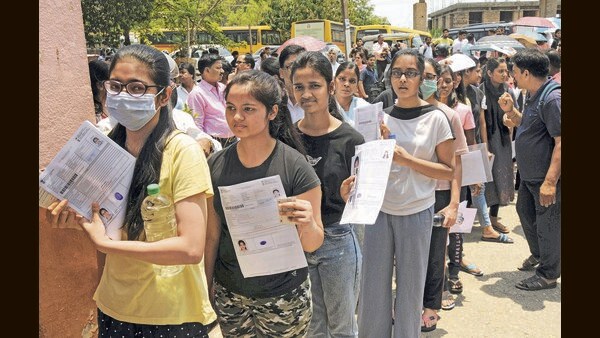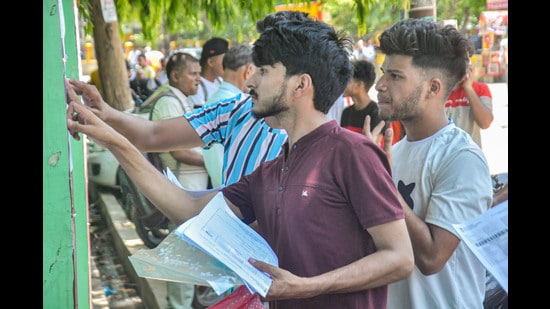India’s medical education landscape is witnessing historic growth — but also an unprecedented race for entry. In October 2025, the National Medical Commission (NMC) approved 41 new medical colleges and 10,650 fresh MBBS seats, taking the national total to 1.37 lakh seats across 816 colleges — the biggest-ever single-year boost in India’s history.
Yet, the numbers tell a different story. For 24 lakh NEET-UG 2024 aspirants, this expansion barely makes a dent. With nearly 20 students competing for every MBBS seat, and almost 40 students fighting per government seat, the dream of a white coat remains one of the hardest to achieve in India.
Why Competition Remains Brutal
The surge in medical seats looks impressive on paper. From 51,000 in 2013-14 to over 1.18 lakh in 2024-25, India has doubled its capacity in just a decade. But medical education expansion is expensive and structurally complex.
High Cost Barrier: Opening a medical college requires teaching hospitals, hundreds of beds, and specialised faculty — far more capital-intensive than engineering or management institutions.
Private vs. Government Divide: While private medical colleges have mushroomed, their fees — often exceeding ₹1 crore — push aspirants toward affordable government institutions, creating a bottleneck of competition.
Uneven Geography: South and western states dominate medical seat capacity, leaving northern and eastern regions with fewer opportunities, driving nationwide migration for medical education.
The PG Pressure and Rural Gap
The race doesn’t end with MBBS. Postgraduate (PG) seats haven’t expanded at the same pace, forcing graduates to fight another uphill battle for specialisation.
At the same time, India’s doctor-population ratio has improved to about 1:811, yet the shortage persists — not in numbers but in distribution. Urban hospitals overflow with specialists, while rural and semi-urban areas continue to face acute medical staff shortages.

Medicine vs. Engineering: A Tale of Two Systems
In sharp contrast, India’s engineering sector offers 15 lakh seats, with multiple exams and flexible entry routes. While BTech programs are also competitive, their accessibility and affordability make them more achievable for students.
That’s why, for every medical seat with 20 competitors, engineering sees a near 1:1 ratio — making MBBS one of the toughest professional degrees to secure in India.
The Road Ahead
Experts say India’s real challenge isn’t just increasing MBBS seats, but strengthening quality and access:
◆Ensure proper staffing and infrastructure in new medical colleges.
◆Expand PG training capacity in sync with undergraduate growth.
◆Offer incentives for doctors to serve in tier-2, tier-3 towns, and rural hospitals.
As India builds a larger pipeline of medical talent, policymakers must now focus on where and how these doctors serve — not just how many are trained.
Until then, the message for aspirants remains clear: more seats don’t mean easier entry. In the medical race, excellence and strategy still decide who makes the cut.
Key Stats at a Glance
Total MBBS seats (2025): 1.37 lakh
Government medical seats: ~59,700
Private & deemed colleges: ~58,300
NEET applicants (2024): 24 lakh+
Competition ratio: ~20:1 overall, ~40:1 for government seats


